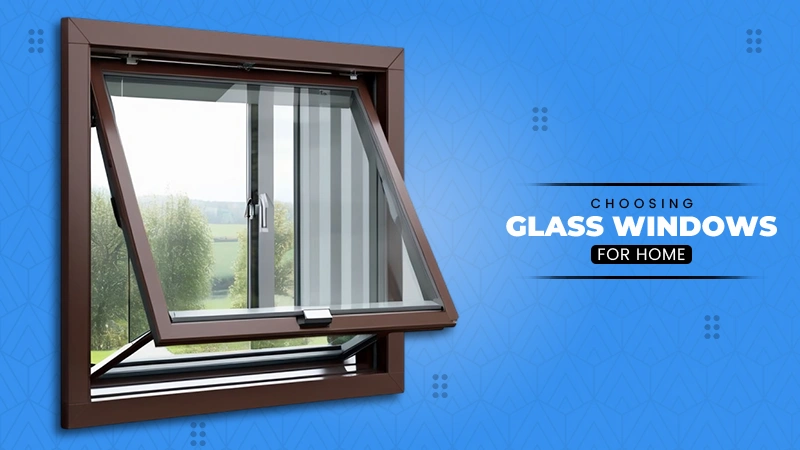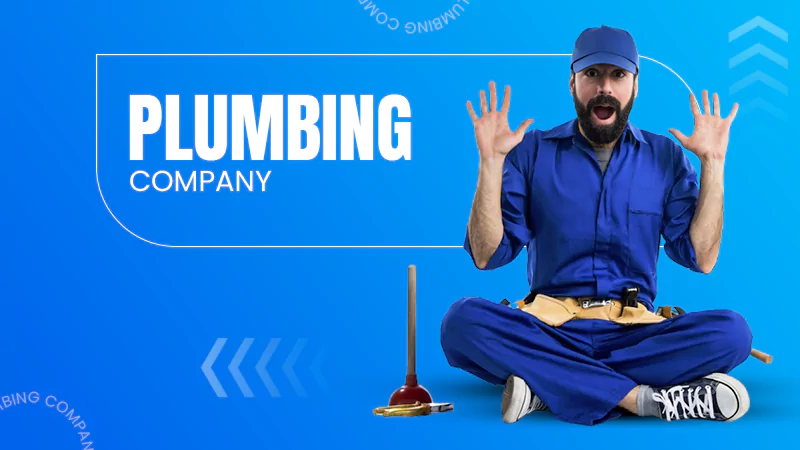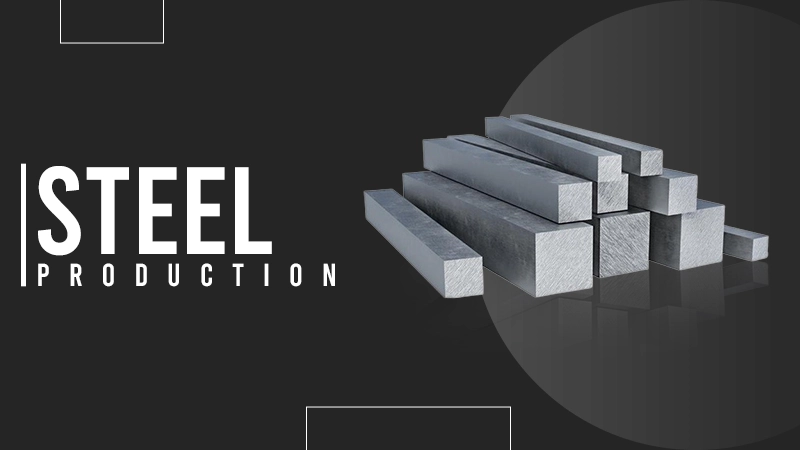Window Films: Practical Solutions for Comfort, Safety and Energy Efficiency
When people think about upgrading windows, they often jump straight to replacing glass or adding blinds. But there’s another option that’s growing in popularity across UK homes, offices and commercial spaces — window films. These thin, adhesive layers offer real benefits: better privacy, lower energy bills and improved comfort, all without major building work.
Whether you want to cut glare, improve safety or simply add a modern look, window films provide a cost-effective alternative to more expensive or disruptive upgrades.
What Are Window Films?
Window films are thin sheets, often made from polyester, applied directly to glass. They come in many different types, each designed for a purpose — reducing heat, blocking UV rays, improving privacy or adding style.
Depending on the film, it can be fitted inside or outside the window. Some are clear, while others are tinted, reflective, frosted or patterned. Once installed, they change how the window behaves — without needing to replace the glass itself.
Types of Window Films and Their Uses
1. Solar Control Window Films
These films are designed to reduce heat from the sun and cut glare indoors. They’re ideal for rooms or buildings with lots of direct sunlight, including conservatories and glass-heavy offices. Solar films can:
- Cut unwanted heat
- Reduce glare on TVs and computer screens
- Lower cooling costs
- Protect furniture, flooring and art from sun damage
Some films block up to 99% of UV rays and around 80% of solar heat, helping to make spaces more comfortable and energy-efficient.
2. Privacy Window Films
Privacy films let you see out while limiting how much others can see in. Ideal for street-facing windows, offices or shared spaces, these films come in styles such as:
- One-way reflective
- Frosted or opaque
- Etched-glass finishes
They’re especially useful for bathrooms, clinics, or any room where privacy matters during the day.
3. Security and Safety Films
Thicker and more durable, these films are designed to hold glass together if it breaks. They can:
- Slow down break-ins
- Help prevent injuries from flying glass
- Meet UK safety glazing standards
Some versions are tested against heavy impact or even blast resistance, making them a solid choice for high-risk sites or retail premises.
4. Decorative Window Films
Decorative films are a simple way to change how your glass looks — without replacing it. They add visual interest while also providing extra privacy.
Styles range from:
- Frosted glass effects
- Bold geometric patterns
- Etched designs
- Stained glass-style colour films
They’re commonly used in offices, shopfronts and homes to create a modern, clean look.
5. Glare Reduction and Anti-Glare Films
These films help reduce screen reflections caused by direct sunlight. They’re great for workspaces, TV rooms and anywhere that glare interferes with comfort or productivity — all without making the space too dark.
Where Can Window Films Be Used?
Window films work well in a variety of settings:
- Homes – Keep rooms cooler and protect furniture from fading
- Offices and commercial buildings – Improve energy performance and reduce glare on screens
- Retail – Protect displays, reduce heat and block views after hours
- Schools and nurseries – Add safety features or decorative finishes
- Vehicles and conservatories – Manage heat build-up and block UV rays
Benefits of Window Films
- Lower Energy Use
Films help block heat in summer and retain warmth in winter, reducing the need for heating and cooling. A good option for buildings with older or single-pane glass. - UV Protection
Films can block nearly all harmful UV rays, preventing sun damage to furnishings and reducing skin exposure indoors. - Improved Comfort
Less glare, more stable indoor temperatures, and no hot spots near windows make for a better living or working environment. - Budget-Friendly
Much cheaper than replacing glass or installing double glazing — with similar performance improvements in some cases. - Quick Installation
Most films can be fitted in under a day with little disruption. They’re also removable, so you can change them without damage.
Maintenance and Durability
Window films need minimal upkeep. Just clean with a soft cloth and a mild, non-abrasive cleaner — no ammonia-based products. With proper care, high-quality window films can last 10 to 20 years depending on where they’re installed and how much sun they’re exposed to.
Are There Any Downsides?
While window films offer clear benefits, there are a few things to consider:
- Lower light levels – Some darker films may reduce natural brightness indoors.
- Glass compatibility – Not all films suit every type of glass. Some can cause cracks if the wrong film is used on certain panes.
- Wear and tear – Poor-quality films may bubble or peel over time, especially if badly fitted.
To avoid problems, always use a reputable supplier or installer who understands how films interact with different types of glass.
Do They Comply With UK Regulations?
Yes. Films used for safety or to meet building regulations (like in commercial buildings or public areas) must meet British Standard BS EN 12600. Always ask for certification if you’re installing films for compliance or legal reasons.
Final Thoughts
Window films offer a simple, low-cost way to improve comfort, privacy and energy efficiency. Whether you want to block harsh sun, add a decorative touch, or protect glass from break-ins, they’re a fast and effective solution for homes and businesses alike.
If you’re weighing up your options, speak to a local installer. They’ll help you choose the right film for your needs — and make sure it’s fitted to last.









